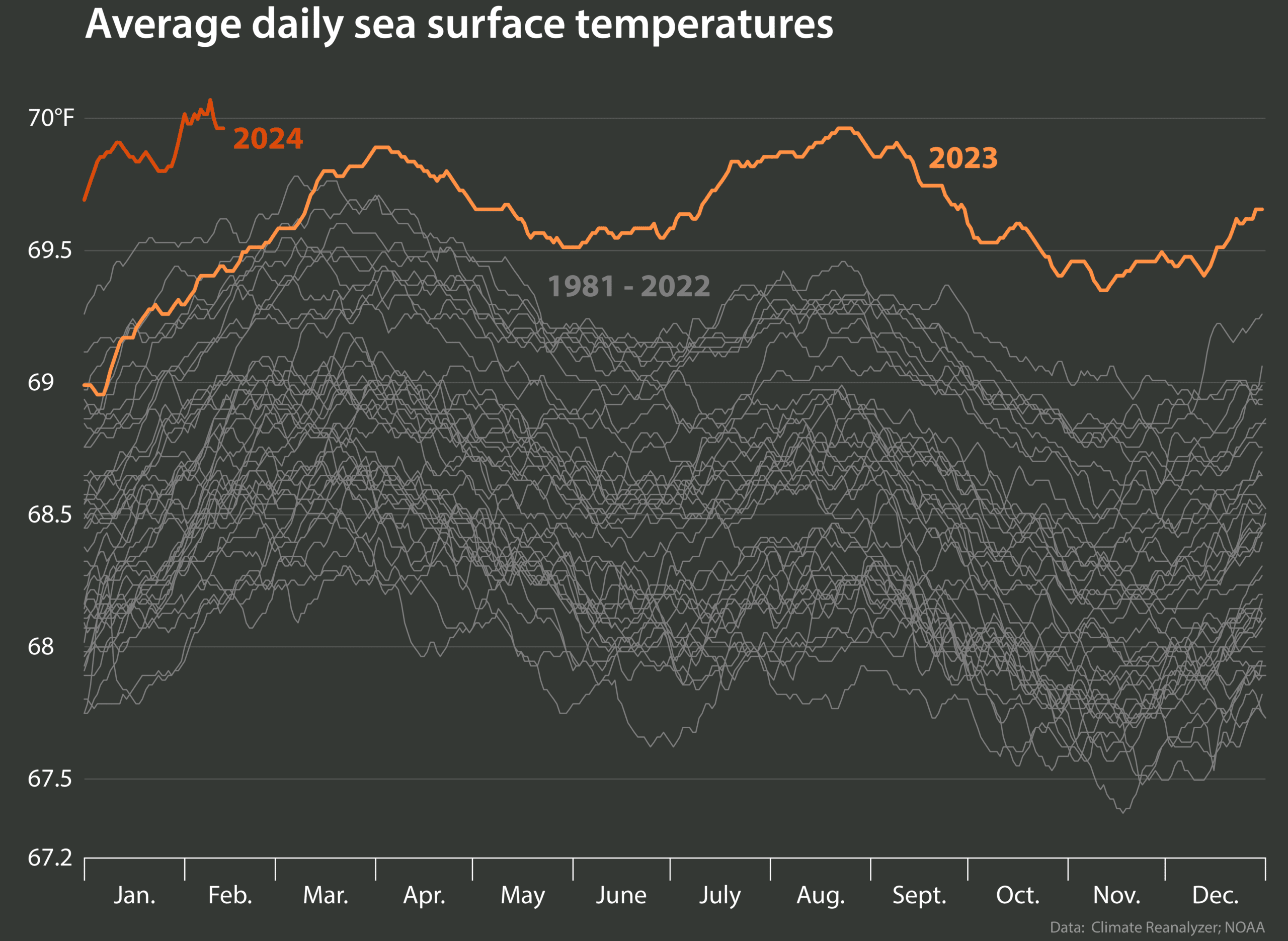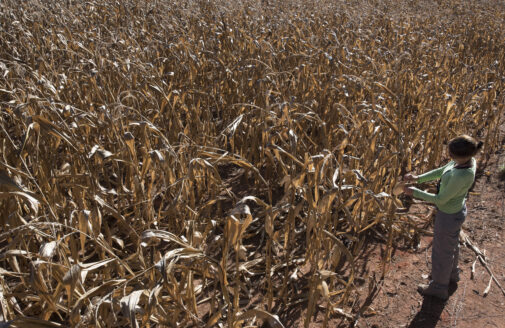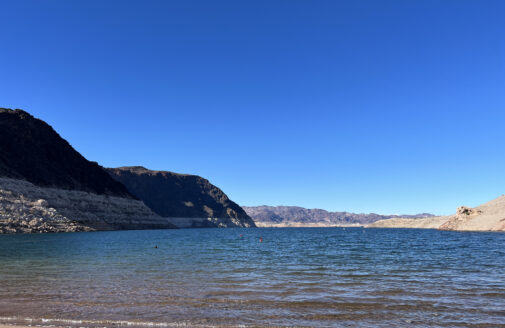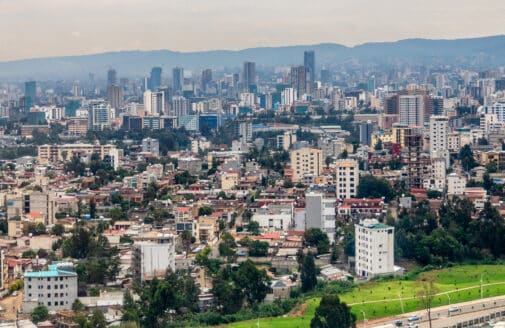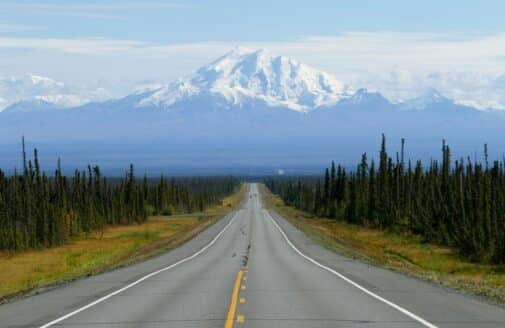Drought in Panama is disrupting global shipping. These 7 graphics show how.
Panama Canal transit restrictions slated to stay in place until April 2024
Cargo ship transiting through the Panama Canal locks.
photo by Roger W. CC BY-SA 2.0
Drought, driven by a combination of El Niño and climate change, has disrupted shipping through the Panama Canal in recent months. Dropping water levels in Gatún Lake forced Panama Canal authorities to pose restrictions on the number of ships that can pass the canal, dropping from the normal 38 down to 24 transits a day by November 2023, causing long queues at nearby ports as ships wait their turn to pass. If the restrictions remain in place through 2024, there could be up to 4,000 fewer ships—with cargo ranging from children’s toys, to solar panel components, to life-saving insulin—passing the canal in 2024. Delay and disruption along shipping routes will only become a more common occurrence in a warmer world. These 7 graphics show how drought threatens serious disruptions to the global supply chain.
1. Panama in drought
Panama is currently suffering a prolonged drought that began in early 2023 and has not let up. In October, rainfall was 43% lower than average levels, making it the driest October since the 1950s. For the area around the canal, 2023 was one of the driest two years since record keeping began in the country.
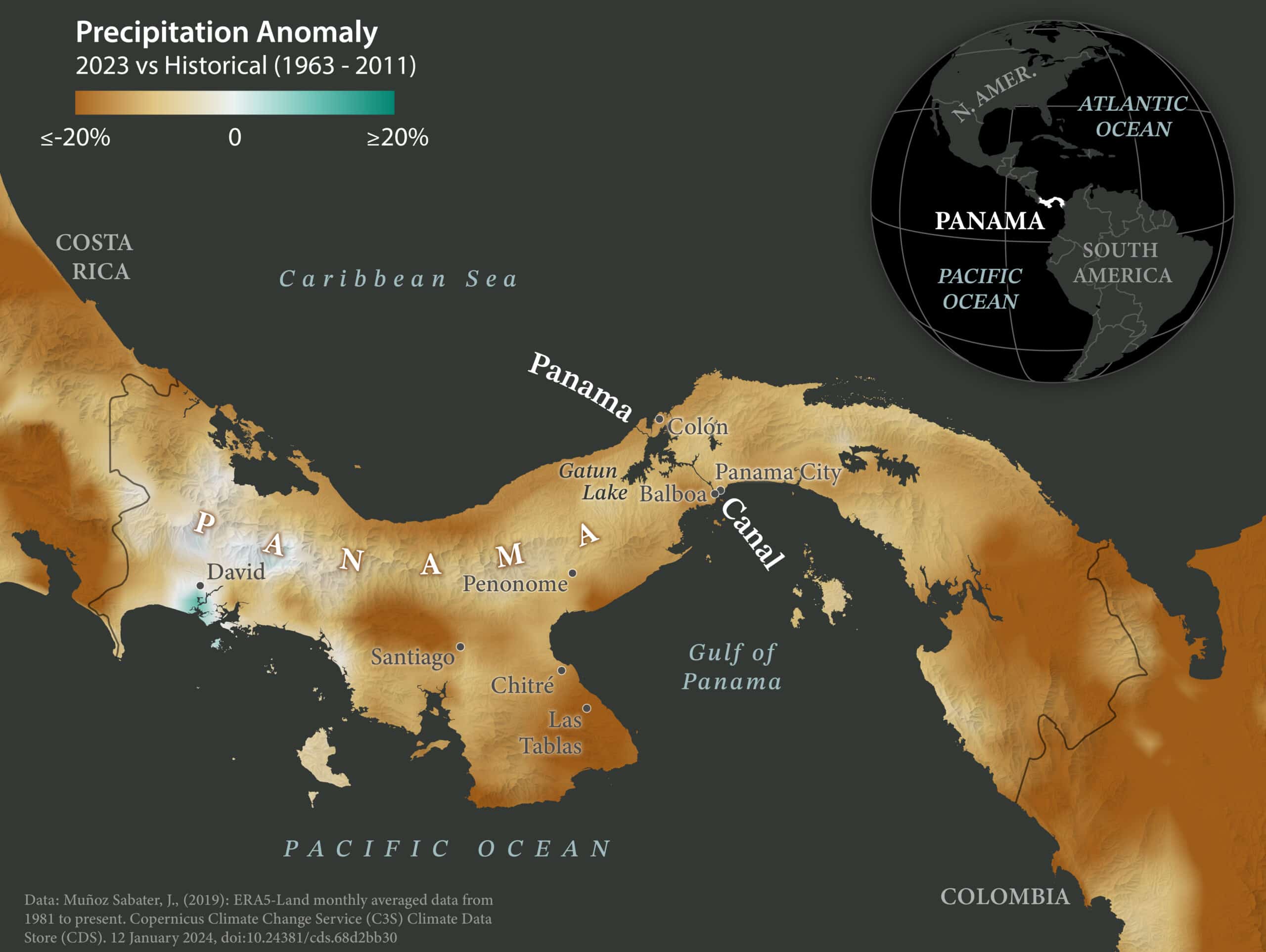
map by Christina Shintani
2. El Niño-driven dryness exacerbated by climate
Panama’s severe drought is being exacerbated by the double-whammy of a strong El Niño and record-breaking global warming—2023 exceeded the pre-industrial temperature average by 1.35 C. El Niño is a natural climate fluctuation that brings warmer-than-average air and ocean waters to the West coast of the Americas. That influx of warmth can vary in strength and last between nine and twelve months, and the National Oceanic and Atmospheric Administration (NOAA) predicts it will continue into at least April of 2024.
The severity of El Niño fluctuations is linked to climate change. Climate modeling shows swings between El Niño and its counterpart La Niña have been growing more extreme, resulting in the more frequent and intense events seen in the past few decades. Under high emission scenarios, in which we don’t get warming in check, El Niño events could become 15-20% stronger.
animation by Greg Fiske
3. Gatún Lake levels continue to drop
The drought has had a particularly profound effect on the man-made Gatún Lake, which holds the water supply that operates the Panama Canal. On January 1, 2024 water levels in Gatún Lake were lower than in any other January on record, almost 6 ft lower than January 1, 2023. Millions of gallons of water from Gatún, along with other regional lakes, are used to fill the locks that raise ships above sea level for the passage over Panama’s terrain. Insufficient water supply jeopardizes ship passage.
Not only does Gatún Lake feed the locks that power the Canal, it also supplies drinking water to millions of residents in the central region of the country, including two major cities: Panama City and Colón. As both Panama’s population and the scale of global shipping has grown, there has been greater demand on the lake for freshwater.
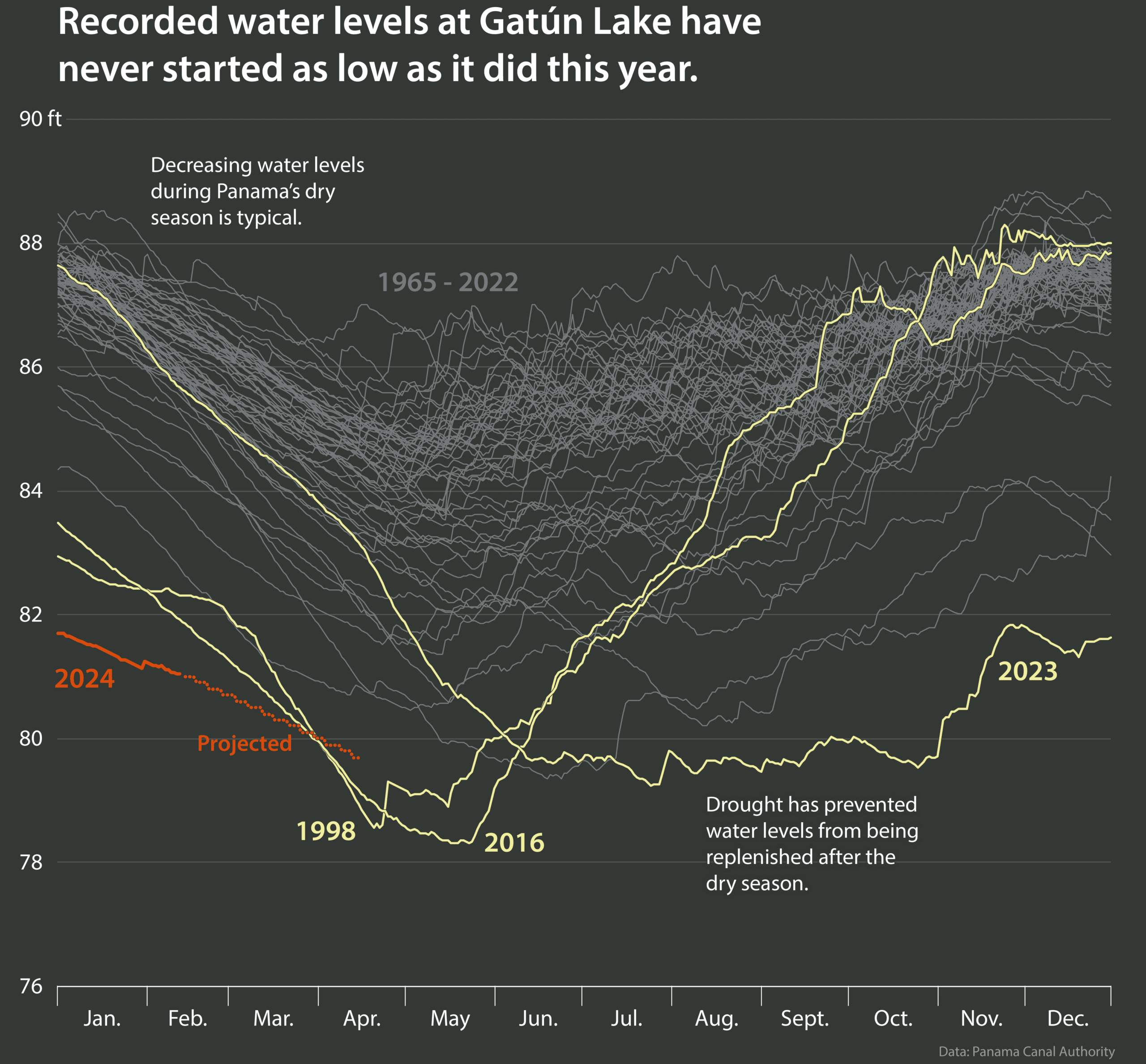
graphic by Christina Shintani
4. Less water means fewer, smaller ships
In response to dropping water levels, Panama Canal Authorities have been forced to institute restrictions on ship passages. Ship transits are currently limited to 24 per day until April of 2024, when the authorities will re-evaluate at the start of the rainy season. The number of ship passages was 30% lower than usual by the end of 2023. The unreliability of transit through Panama has already prompted some ships to re-route.
Lower water levels also restrict the size of ships that can pass through the canal, as larger, heavier vessels sit lower in the water, putting them at higher risk of running aground in shallower waters. Large ships also require more lake water to lift them in the locks. As global shipping volume has grown, many shipping fleets have, too—relying on massive vessels that can carry more goods, but are harder to navigate through shallow waterways like the Panama Canal.
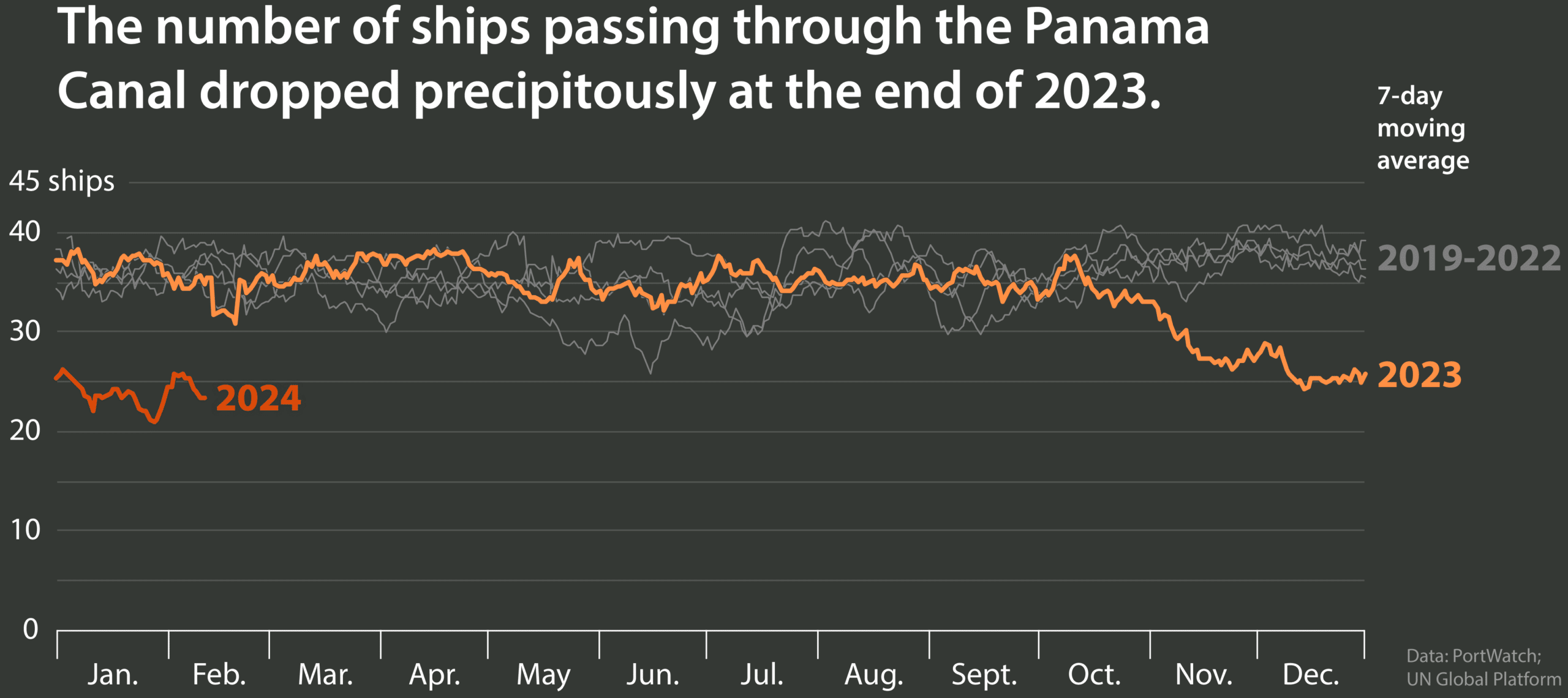
graphic by Christina Shintani
5. Disruptions in Panama affect global trade
The Panama Canal accounts for 5% of global shipping, so disruptions here affect the worldwide supply chain, resulting in delayed shipments, more fuel usage, and GDP losses.
The impacts of shipping disruptions in the Panama Canal are also being compounded by political events in the Red Sea. The Suez Canal, an alternative route for ships bound between Europe and Asia, has also had shipping disrupted by attacks from the Houthis, a Yemeni military group targeting Israel-bound ships. With both the Panama and Suez Canals becoming less reliable routes, more ships will be forced to take the long way around—traveling down to the southern points of Africa and South America.
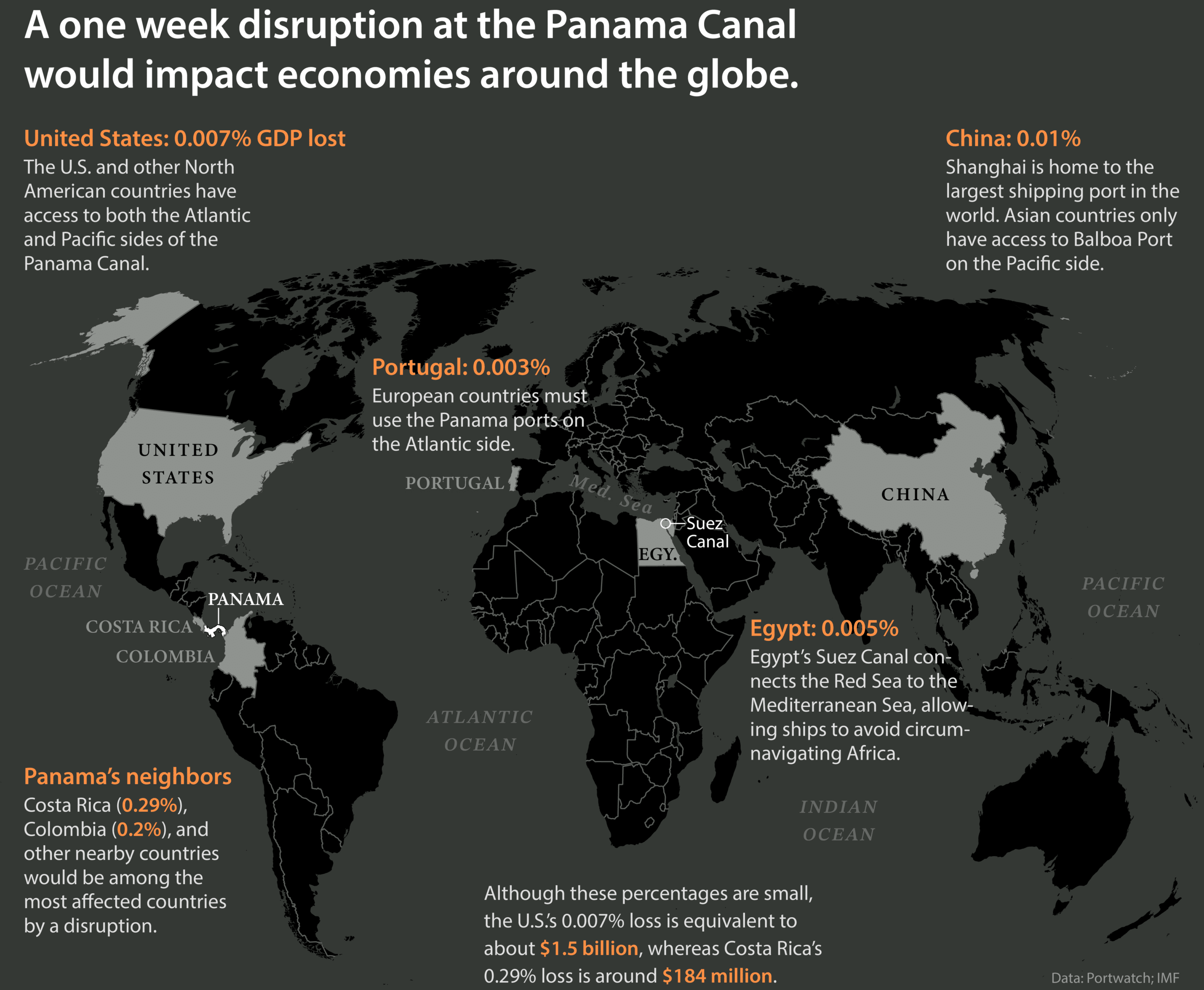
graphic by Christina Shintani
6. Arctic ship travel does not offer an alternative route
Far to the north, another waterway is being rapidly altered by climate change. As the Arctic warms faster than any other place on the planet, summer sea ice has been disappearing at a rate of almost 13% per decade. This has opened up new lanes of ice-free water that some countries are eying as potential new routes. But navigating through a melting Arctic is still dangerous, and the majority of new ship traffic in the Arctic is comprised of smaller military or fishing boats, rather than the large shipping vessels used to carry commercial cargo.
Furthermore, increased ship traffic in the Arctic has the potential to further emissions, as melting ice could open up access to new sources of oil and natural gas—perpetuating climate warming.
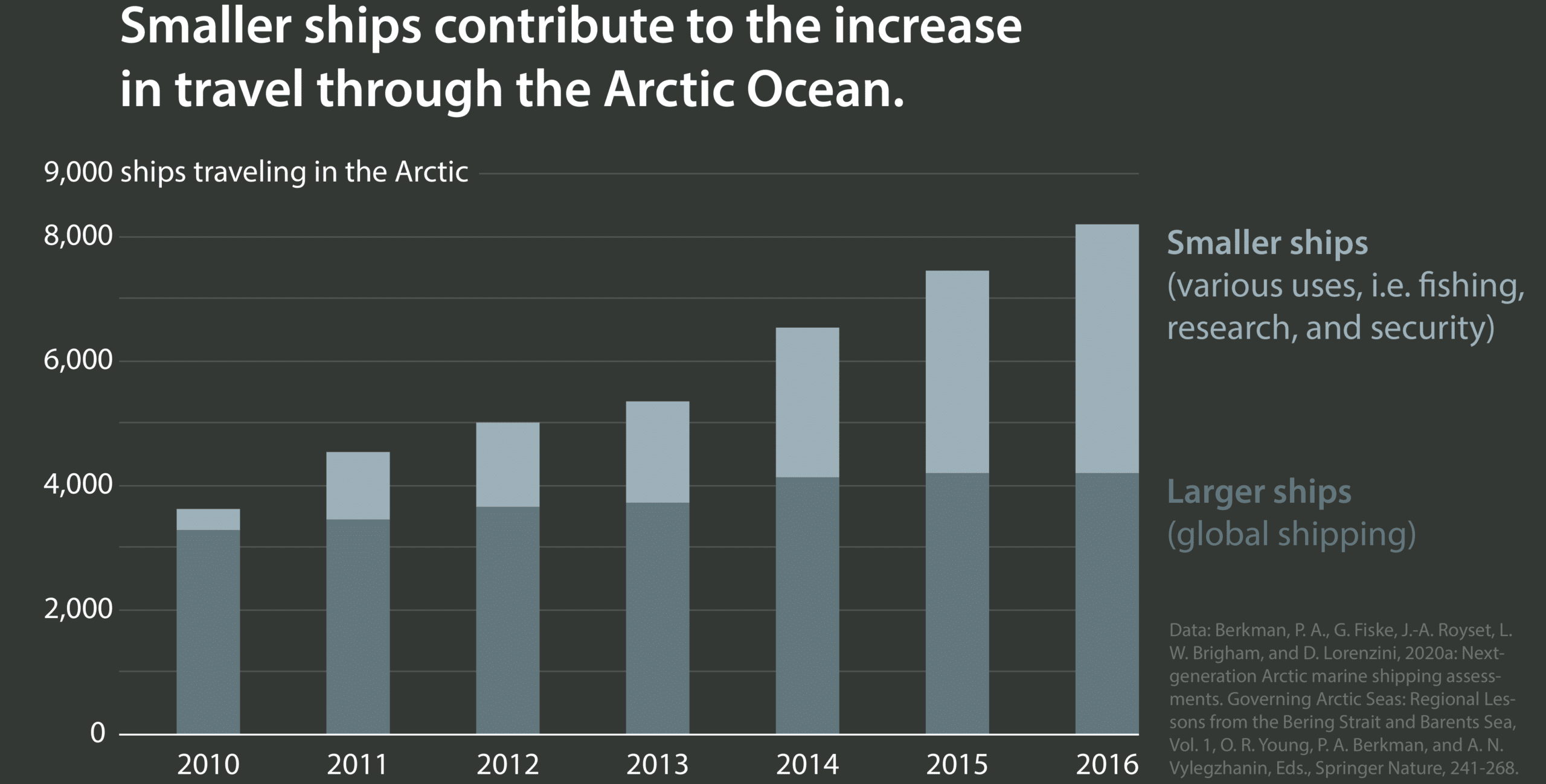
graphics by Christina Shintani
7. Temperatures are still rising
Though December rains saved Panama Canal officials from instituting further restrictions on ship passage, the region is still experiencing El Niño, and sea surface temperatures in early 2024 have continued to climb higher than 2023. Each day in 2024 has recorded the highest temperatures on record for that calendar date. The only path to stabilizing global shipping lies in stabilizing the global climate.
